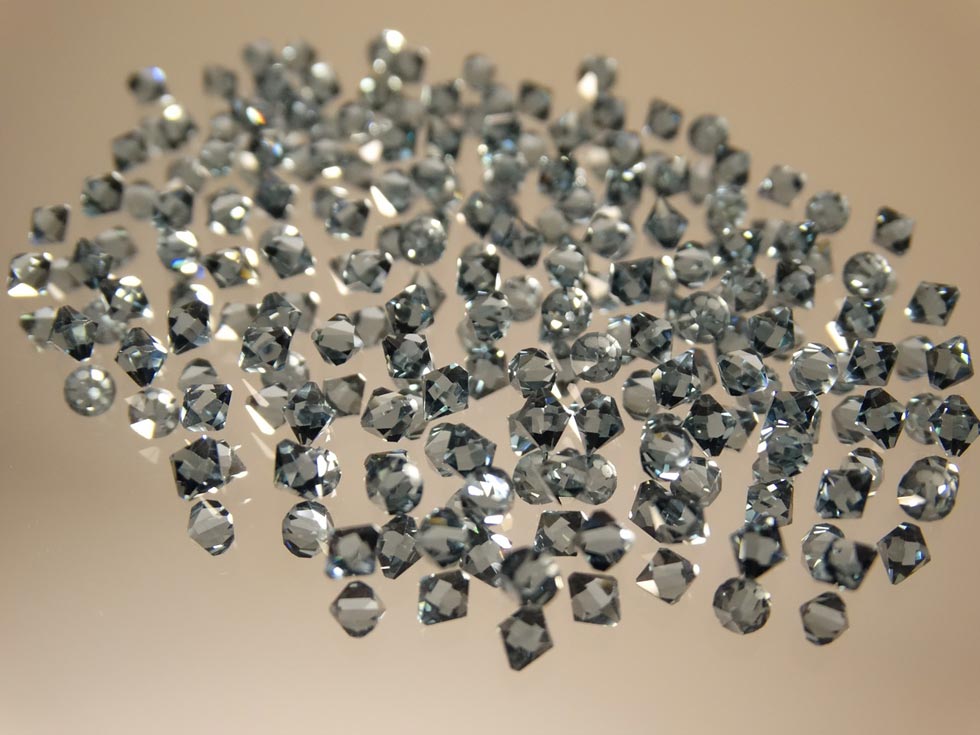Sparkly phones don’t impress anyone, except little girls. The more you cover them in crystals, the more adults steer away from them. But there are five reasons smartphones made from real diamonds would make a gadget fan like you put them on the wishing list #mobilemagic
Startup Akhan Semiconductor has announced the dawn of a new era: the Diamond Age. Their plan is to build electronics from diamonds, using them to create innovative processing chips. “Diamond is unmatched in its ability to diffuse heat, perform as a semiconductor, and create smaller and more powerful electronics”, the company says on its official website. Their vision is getting rid of silicon chips and relying on diamonds. Adam Khan, founder of the company, believes they could revolutionize the consumer electronics industry, as smartphones, laptops, smartwatches and VR headsets would be equipped with such parts.
It all sounds good on paper, but what would these diamond chips actually provide?
- Smartphones would run faster with this technology, as silicon produces too much heat that a lot of power is wasted on making it cool down enough for electronics to work.
- Gadgets could become thinner, since a diamond semiconductor can deliver a million times more electrical current. No need for a lot of parts to cool it down either; they can be dispensed and the gadget, made smaller.
- Since a diamond semiconductor wouldn’t require so much energy as a silicon one, laptops and smartphones would get more life, making recharging a weekly basis.
- These man-made, methane diamonds used for semiconductors could help make transparent gadgets a reality. A phone with glass display or sapphire could add diamonds to it instead of using a circuit board.
- At the end of the day, consumer electronics would be cheaper, since you wouldn’t need the extra cooling parts silicon requires to make functional objects. Plus, Khan says, “a lot of people say silicon is made of sand, sand is very cheap; well, diamond is made from methane, which is the most abundant molecule in the universe. So it’s really because silicon is so utilized worldwide that the costs are so low at the system level.”
So, really, we’re just waiting for big manufacturers to get on the bandwagon!
Follow TechTheLead on Google News to get the news first.





















